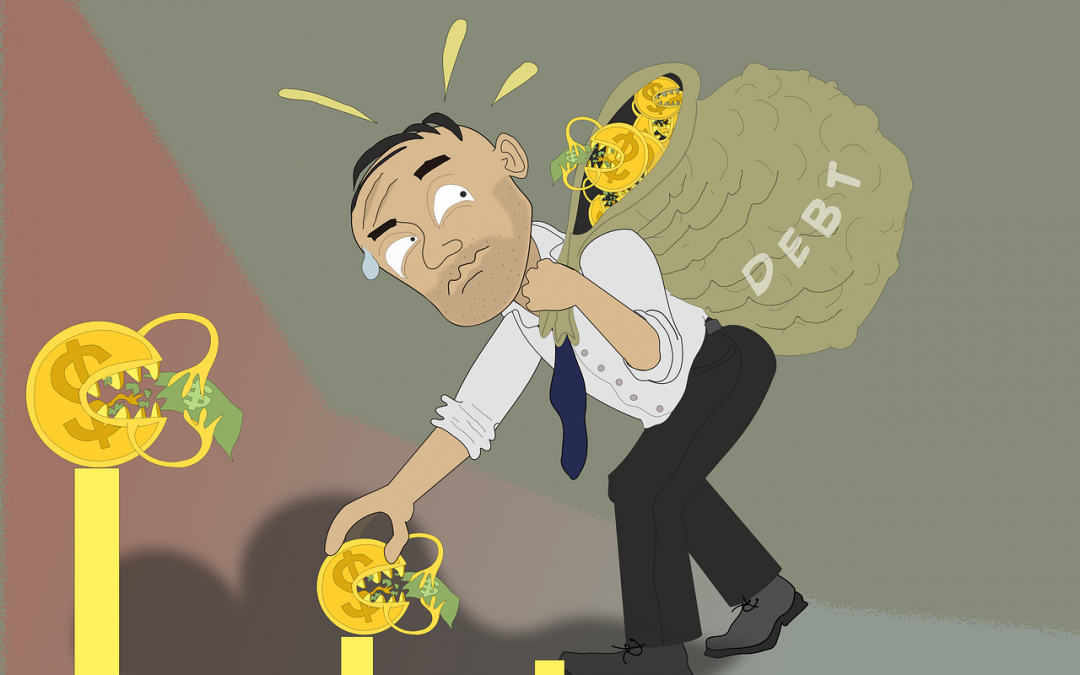What times of crisis have taught us about the credit collection process and how to use technology to its advantage.
In 2008, the world experienced a memorable financial crisis. The GDP of the G7 countries fell an average of 6.5% with negative consequences in several economies in the rest of the world.
While companies focused attention on sales, collection and recovery were neglected, exposing the fragility and vulnerability of the financial system.
The combination of rising unemployment, lower investment and spending, and a slowdown in industrial production caused a decline in the growth of bank loans. And delinquency rates increased to 7.29% due to the resulting limitation of credit institution clients in their ability to pay.
Key aspects such as the delinquency rate, the freezing in the granting of loans and the lack of liquidity in the existing account market, forced the institutions to rethink the collection and recovery operating model.
Communication, coordination and negotiation with the client became essential to speed up agreements and generate lower management costs. Financial institutions had to build a personalized relationship based on understanding and flexible negotiation.
Leading practices in the Operating Model of Collection
The 2008 crisis made clear certain leading practices focused on improving the collection process within the Operating Model:
– Segments / Clients
The variables of the historical behavior of the client to predict their payment behavior define the most appropriate strategies to recover the portfolio: the channel to be used, the products that will be offered, the processes that will be carried out and the areas and individuals in charge of managing the collection of assigned accounts.
– Channels
Phone calls? Reminders at home? Emails?
Offering various points of interaction with the client that are adapted to the particular needs of each user, results in a greater probability of successful contact with them.
These communication channels can also be used for preventive management through the sending of automated communications.
– Products
A redesign of its products to make them more flexible and with this help clients to settle their debts, be it through a settlement, debt restructuring, a discount or a judicial agreement.
– Processes
Standardization, implementation of performance indicators and development of guidelines and policies that comprehensively improve the execution and results of the processes. It requires monitoring the cost of collection processes so as not to incur unnecessary expenses.
A common strategy among financial institutions to reduce costs and recover largely delinquent debts is to assign collection activities to an outside agency.
– Technology
Integrated systems that automate all management-related processes and at the same time allow, through analytical tools, to make a more detailed segmentation based on all variables and risk calculation.
– People
Collection executives with a comprehensive view of the client –specialists in the diagnosis and management of the level of delinquency – in order to provide personalized attention and propose comprehensive solutions for each client.
– Performance measurement
More accurate management of information related to performance measurement to promote the implementation of specific actions.
Collection in the Covid crisis
The pandemic has represented for banks a unique set of challenges for managing clients, operations and risks, one of the main issues being the credit collection process. Financial institutions have turned to standardizing, automating and measuring the performance of their processes as they seek to assign executives where they will be most efficient.
How to strengthen collection capacities?
Automated collections, self-service, predictive models and analytical models are key in increasing the collection capacity of financial institutions.
Among the benefits of having automated and self-service billing capabilities is significantly reducing operating, management and risk costs. It is not about replacing the experience of the collection staff, but about improving the general performance of this area by making use of digital solutions.
Predictive models with artificial intelligence make it possible to identify clients likely to default, making the collection strategy more effective and efficient.
In analytical models, the tools that allow evaluating the customer profile based on their willingness and ability to pay make it easier to identify the most effective collection actions. Thus, efforts are directed towards where greater recovery is possible, lowering operating costs and improving customer service.

These same analytical models are useful to identify the correct clients to agree on new terms and conditions based on the new payment capacity of each one. At this point, offering a truly seamless customer experience for those experiencing financial difficulties increases the opportunity for most collections operations.
Strengthen and increase your collection capacity
Our solutions in Communications and Multichannel, as well as for the work of the Collection Executive and Back Office mitigate the current difficulties for debt collection. At TELNORM we are prepared to help the Collection Area to integrate technological solutions and value-added services that will increase the range of successful collection.
Let’s talk about your particular needs. Contact us today

